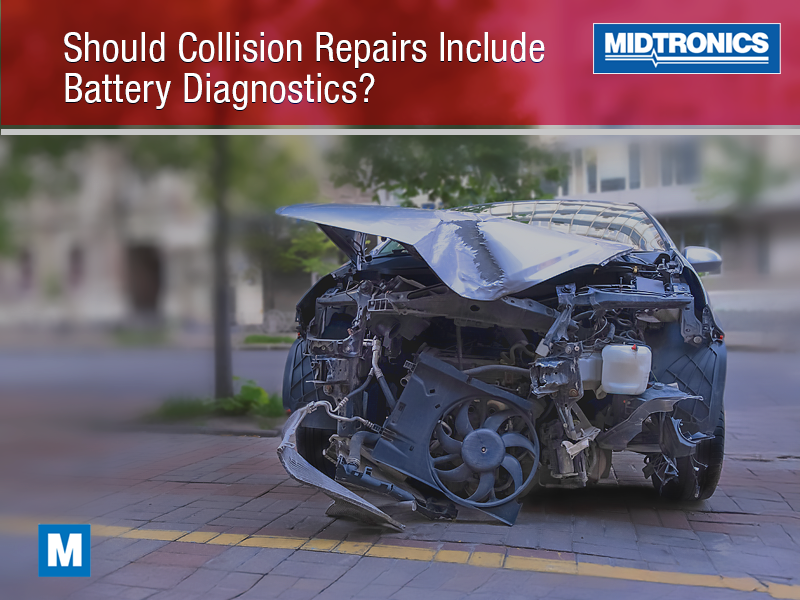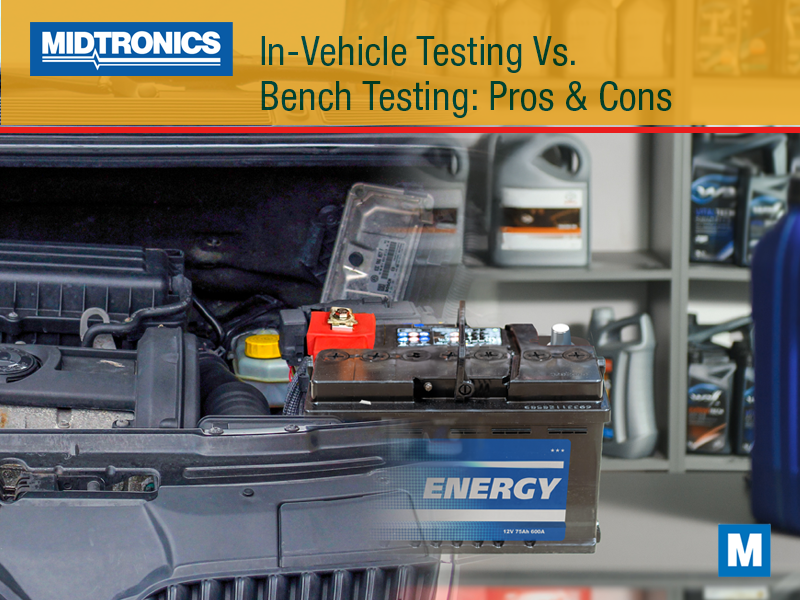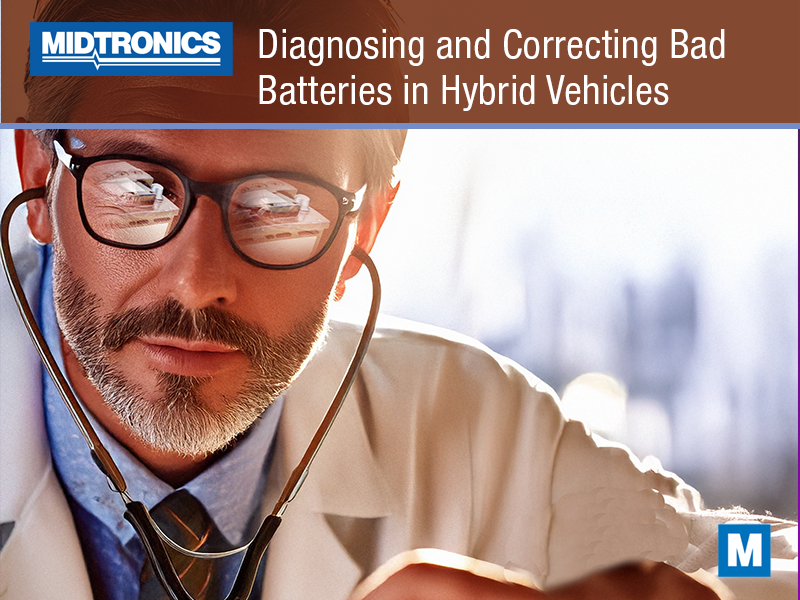While names like Tesla and Rivian are making headlines among passenger cars, the fleet industry has its own quiet electrified evolution happening. Freightliner, Kenworth, Volvo, and virtually every other semi-truck manufacturer either has or is developing a battery electric model. It’s bound to revolutionize how products are transported.
Along with being exponentially better for the environment to operate, these battery-powered semis also require much less servicing and the resultant downtime. And costs to haul loads short or long-distance will be a fraction of the operating cost.
Of course, there’s still mechanical servicing and repair to deal with including tires, brakes, and possibly other fluids. The battery packs also will become a point of maintenance for HD vehicles, and you’ll see them added to the periodic service schedule, taking over where oil changes used to be.
What will EV battery service look like among heavy duty vehicles? Here are a few things you can expect.
Battery monitoring and testing
Currently, heavy-duty industries are capable of keeping an eye on a battery’s condition during every start cycle, not to mention thousands of times every second. All that’s required is a simple device that communicates with a fleet manager or driver’s software, often available in real time. it stands to reason that more advanced electronic systems in battery electric semi trucks and heavy-duty applications will have similar monitoring systems in play.
As well as monitoring battery charge levels in commercial electric vehicles (CEVs), remotely accessible monitors will keep tabs on the battery’s condition. See at a glance if the battery temperatures are climbing to their range limits or if there’s a balance issue in the cells. By monitoring the battery condition, fleets can avoid major problems, often extremely costly, before they happen.
The same on-board battery monitoring tech can be deployed for EVs that have 12-volt systems that aren’t for starting, lighting, and ignition (SLI) functionality, but for supporting onboard systems. They range from reefer units and heaters to sleeper cabs with inverters. Keeping these batteries in good condition can be the difference between a load of produce arriving fresh or spoiled, for example.
But monitoring alone isn’t enough. Rather than the typical Preventative Maintenance interval to dictate when a truck needs to come off the road for service, battery service will be the new standard. After a set number of hours in operation, the truck can be brought in for service and the high voltage battery pack and 12-volt batteries can be analyzed to check for deficiencies, ability to charge fully, module balancing and any other faults.
Battery pack balancing
As has already been seen among EV passenger vehicles and hybrids plus dozens of other applications of lithium-ion batteries, there will be deterioration that occurs. The state of charge depends on each of the thousands of cells to have the same capacity or there can be serious implications. First, an imbalanced battery won’t charge to its full capacity, reducing the vehicle’s range. An imbalance in a battery pack could be an indicator of a shorted cell, a potential reason for thermal runaway which can lead to battery fires.
Battery balancing is a necessity. In select cases, balancing occurs when the vehicle remains plugged into the charger in the hours after the battery is full. It’s not an industry standard, though, and a dedicated time for balancing will be required at some time.
Should a battery module be found faulty and get replaced, balancing the module with the rest of the remaining modules in the pack is a must. A device like the Midtronics xMB-9640 High-Voltage Module balancer makes this possible.
Battery discharging
The reason there are heavy-duty wreckers or tow trucks on the road is because accidents will happen. As more EVs are on the road, instances of damaged high-voltage systems will also increase. And nothing has the potential to cause battery fires more than a battery pack that’s been impacted and shorted.
Whether for a collision or for cell repairs or battery pack replacement, service shops will need equipment capable of discharging the battery down to a safe level. Devices like the Midtronics GRX-5100 EV/HEV Battery Service Tool can safely discharge an EV battery under controlled conditions.
Larger batteries for longer range
The much heavier heavy-duty vehicles consume more power than a passenger-focused EV. Compared to a Ford Mustang Mach-E’s largest battery, a 91kWh pack of lithium-ion cells that supplies a range up to 305 miles, HD trucks need much bigger, heavier, and energy-rich batteries. As an example, the Freightliner eCascadia class 8 tractor uses an immense 475 kWh battery to achieve a range of 250 miles. Per mile, the Freightliner consumes roughly seven times as much energy!
EV semis and other heavy-duty trucks are going to have batteries that are increasingly energy dense and can charge faster than your typical commuter EV cars and trucks. For the range required, expect advancements at a furious pace over the next few years, and that could require constant education for those servicing these vehicles.
High-capacity lifting
At around 1,300 pounds per 100 kWh, electric truck batteries around 500 kWh could be around 7,500 pounds! That’s no laughing matter, and there are many truck shops not equipped to lift that type of mass in that type of configuration. For trucks aiming for longer distance such as those with team drivers, rolling around the clock, it’s not just plausible but probable that EV batteries for semis will need to be even larger.
Should a battery need to be removed for either servicing or replacement, fleet facilities will need to be either equipped to deal with the lift themselves or have someone in their network capable of doing it. Leaving it in a supplier’s hands puts you at their mercy for scheduling and cost, and downtime is the most expensive aspect of truck repairs across the board.
Most, if not all, aspects of the transportation industry are going green with electric power, but not all shops are ready for the change. For fleets and commercial garages, EV battery servicing needs to be an area that’s looked at immediately to prepare for the influx of electrified vehicles. If you need equipment to support or repair EVs, look to the leader in battery management systems: Midtronics. Explore our heavy-duty and EV solutions here.




